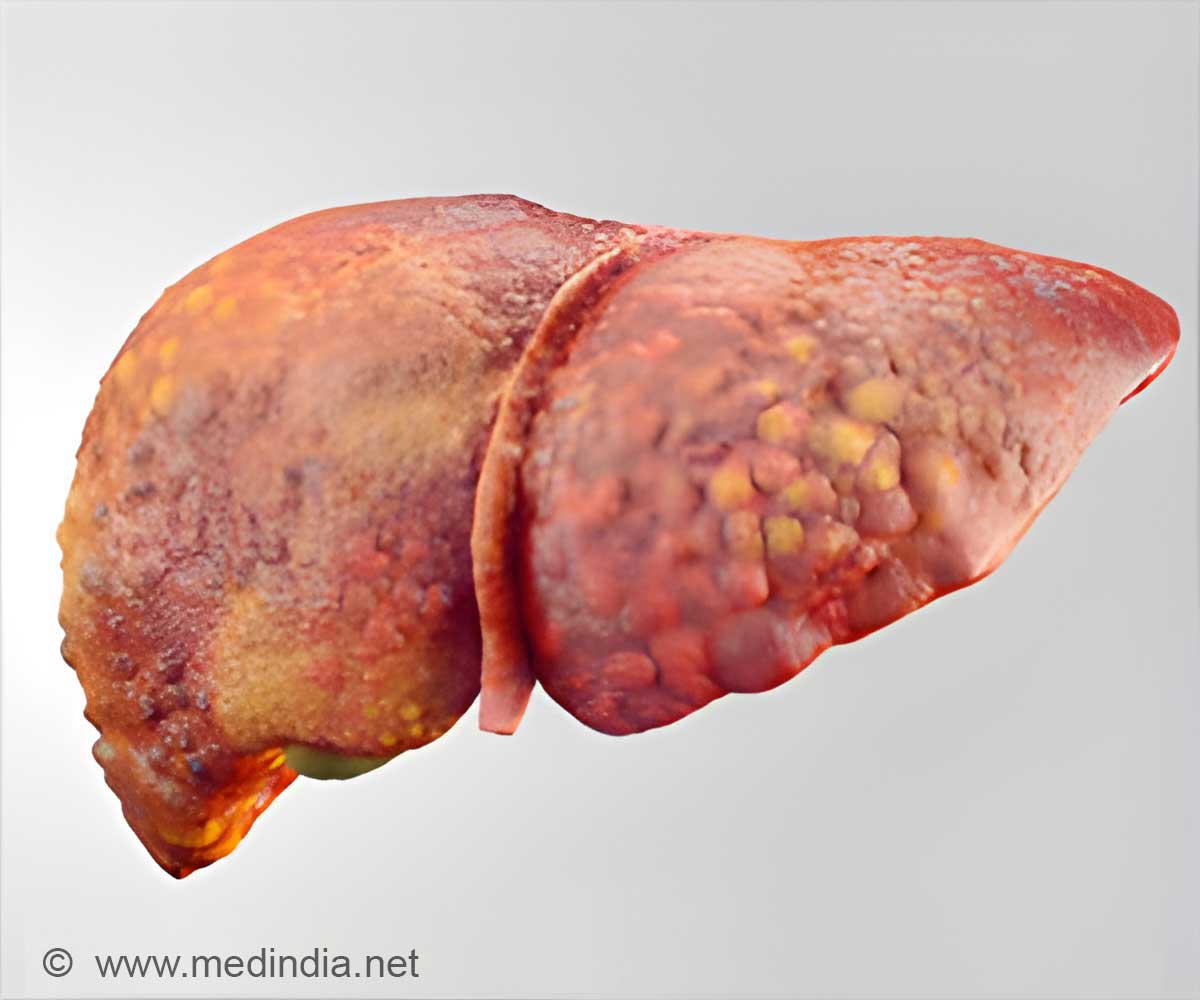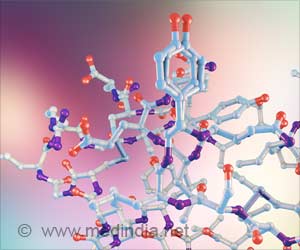Nonalcoholic steatohepatitis (NASH) drug market will continue to rise as there are no FDA-approved drugs for this slowly progressing liver disease.

Nonalcoholic Steatohepatitis (NASH): A Growing Worldwide Epidemic
Nonalcoholic steatohepatitis (NASH) is liver damage caused by a buildup of fat in the liver. It is part of a group of conditions called nonalcoholic fatty liver disease (NAFLD). NASH can get worse and cause scarring of the liver, which leads to cirrhosis. Most people with this slow-progressing disease have no symptoms until liver damage has already occurred (1✔ ✔Trusted SourceNonalcoholic Steatohepatitis: A Review
Go to source). For now, patients have limited treatment options. They can make lifestyle changes such as weight loss, switching to the Mediterranean diet, regular exercise, or drinking black coffee, which has antioxidant qualities.
‘Developing combination therapies to successfully treat Non-alcoholic Steatohepatitis (NASH) will uplift their drug market in the early stage.# NonalcoholicSteatohepatitis #NASHDrugs #FattyLiver’





Some patients take vitamin E supplements to reduce inflammation. Others get off-label prescriptions for the diabetes drug Actos, which can reduce fibrosis and scarring but can also cause weight gain.NASH being the progressive form of nonalcoholic fatty liver disease (NAFLD), affects more than 115 million people worldwide, and estimated around 357 million people will be affected by 2030. Because NASH symptoms are often not overt, NASH is often underdiagnosed and underreported. Therapies for NASH have been notoriously difficult to develop.
Inside the NASH Drug Boom: New Drugs for ‘Silent’ Liver Disease
As the medical community began to understand NASH, Synta Pharmaceuticals gave Madrigal the funding it needed to get resmetirom drug into a Phase 2 study. The drug in the Phase 3 clinical trial was shown to improve fibrosis and resolve NASH. This means that the disease is no longer progressing, though patients remain in therapy.The company plans to submit the drug for FDA approval as a treatment for noncirrhotic NASH with liver fibrosis in the first half of this year, and approval could come by early 2024.
The other drug Intercept Pharmaceuticals’ ICPT obeticholic acid, was submitted for review by the regulator as a treatment for patients with pre-cirrhotic liver fibrosis due to NASH. A late-stage trial showed that the drug can treat the fibrosis that is common in NASH patients.
In recent years, GenFit GNFT, NGM Biopharmaceuticals NGM, and Intercept all saw mid or late-stage clinical trials fail, and those failures are reflected in the stock performances of those companies.
Advertisement
At least half a dozen other companies have drugs in mid or late-stage clinical trials, including Lilly, which is testing Mounjaro to see if it can improve NASH outcomes, with data expected later this year (2✔ ✔Trusted Source
Therapeutic pipeline in nonalcoholic steatohepatitis
Go to source).
Advertisement
Severe itching, a side effect of obeticholic acid seen in some patients, may also limit interest among patients. And it’s unclear how health insurers and pharmacy benefit managers will cover the new therapies, if and when they are approved.
Drugs are easily available when the diseases are socially accepted. Let us hope that NASH falls into the category similar to Type 2 diabetes drugs, where insurance is important.
References:
- Nonalcoholic Steatohepatitis: A Review - (https://jamanetwork.com/journals/jama/article-abstract/2763297)
- Therapeutic pipeline in nonalcoholic steatohepatitis - (https://www.nature.com/articles/s41575-020-00408-y)
Source-Medindia









